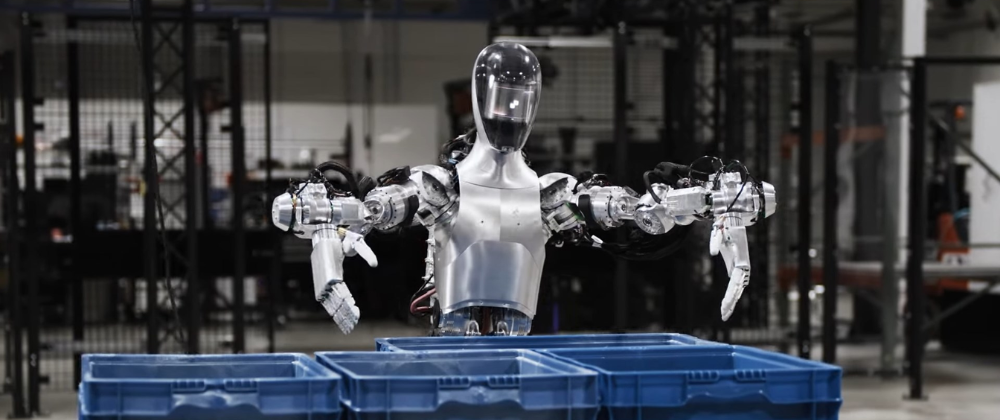The search results clearly indicate that companies across various industries are making significant investments in the development and deployment of humanoid robots, viewing them as the future for a wide range of applications.
Rapid Advancements in Humanoid Robot Capabilities
The search results highlight several key advancements that are driving the increased investment in humanoid robots. Tesla's Optimus robot has dramatically improved its capabilities, showcasing more graceful movements and dexterous manipulation abilities. Other companies like Boston Dynamics, Figure AI, and UBTECH Robotics are also making rapid strides in developing sophisticated humanoid platforms.
Diverse Range of Applications
Humanoid robots are being eyed for a diverse array of tasks, from industrial maintenance to home assistance. In the industrial realm, companies like Figure AI and UBTECH Robotics are deploying their humanoid robots in manufacturing facilities to handle tasks like painting, trimming trees, and transporting materials. This allows for improved safety, efficiency, and the ability to address labor shortages.
Beyond industrial applications, the search results suggest that humanoid robots have the potential to assist in home environments, care for the elderly, and even contribute to extraterrestrial exploration. As the technology continues to advance, the versatility of humanoid robots is expected to expand, making them valuable assets across a wide range of sectors.
Significant Market Potential
The search results indicate that the global market for humanoid robots is poised for substantial growth in the coming years. Goldman Sachs forecasts the market could reach $38 billion by 2035, while other analysts predict the total addressable market could approach $4.85 trillion by the same timeframe. This anticipated growth is fueling heavy investments by companies seeking to establish a strong position in this emerging market.
Challenges and Risks
While the enthusiasm for humanoid robots is evident, the search results also acknowledge that there are risks and challenges associated with the technology. Factors such as technological development, high costs, public acceptance, and legal/indemnity issues must be carefully navigated by companies investing in this space.
Balancing Specialization and Versatility
The search results touch on the ongoing debate between the merits of humanoid robots and more specialized task-oriented robots. While humanoid robots offer versatility, critics argue that task-specific machines may be more practical and cost-effective for certain applications. However, proponents of humanoid robots believe that as the technology matures, these robots will eventually surpass the capabilities of specialized machines, particularly in unstructured environments.
In conclusion, the search results demonstrate that companies across various industries are making substantial investments in humanoid robots, viewing them as the future for a wide range of tasks. The rapid advancements in capabilities, diverse range of applications, and significant market potential are driving this trend, despite the challenges and risks that must be addressed.






Oldest comments (0)